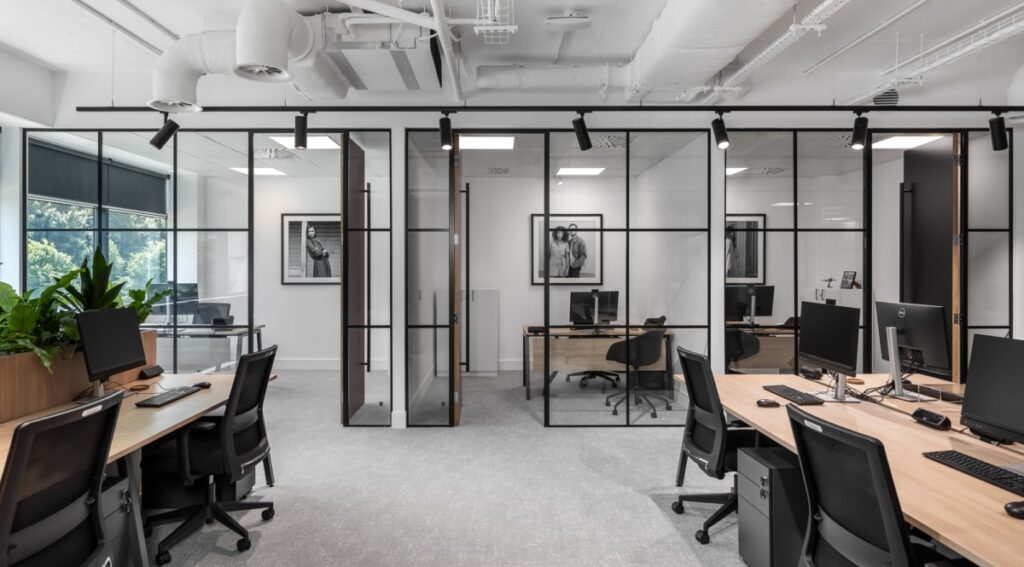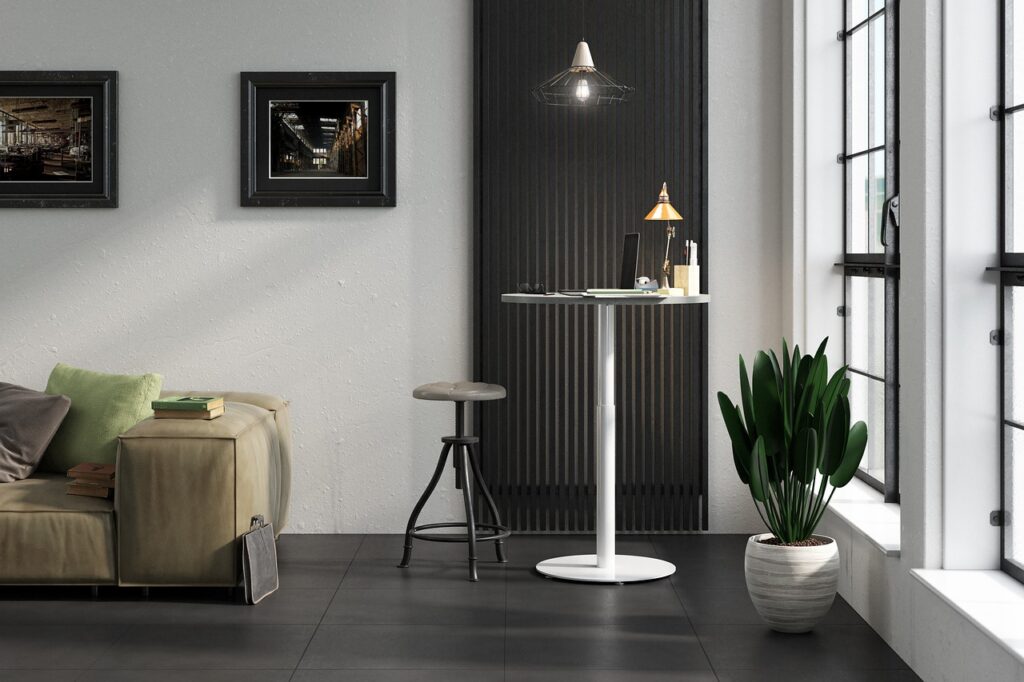In today’s rapidly evolving business landscape, the need for flexible and adaptable office spaces has become paramount. Agile workspaces offer a solution that enables businesses to quickly respond to changing needs, promote collaboration, and optimize productivity. Commercial interior design companies play a crucial role in incorporating flexibility into office design through the creation of agile workspaces. This article explores the concept of agile workspaces and how commercial interior design companies can harness their potential to meet the dynamic requirements of modern businesses.
Also read: Top 20 Office Interior Designer Companies in Delhi NCR
I. Understanding Agile Workspaces
Defining Agile Workspaces
Agile workspaces refer to office environments that prioritize flexibility, adaptability, and the ability to support different work styles and activities. These spaces are designed to easily accommodate changing needs and evolving work processes. Agile workspaces are characterized by modular furniture, movable partitions, versatile layouts, and the integration of technology that allows for seamless transitions and collaboration.
Key Principles of Agile Workspaces
Agile workspaces are built upon several fundamental principles:
- Flexibility: The ability to easily reconfigure and modify the space to accommodate various work activities and team sizes.
- Collaboration: Encouraging teamwork, communication, and idea sharing through the design of collaborative areas and shared spaces.
- Mobility: Providing employees with the freedom to work from different locations within the office, allowing for movement and flexibility.
- Technology Integration: Incorporating technology solutions that enable seamless communication, connectivity, and access to resources.
II. The Benefits of Agile Workspaces
Enhanced Collaboration and Communication
Agile workspaces promote collaboration by providing flexible and open areas that facilitate teamwork and spontaneous interactions. The removal of physical barriers and the incorporation of collaborative zones encourage employees to share ideas, collaborate on projects, and foster a sense of community within the workplace.
Improved Productivity and Efficiency
Flexible workspaces allow employees to choose the environment that best suits their task at hand, whether it’s a quiet area for focused work or a collaborative space for brainstorming. This freedom to adapt their surroundings can boost productivity, as employees have control over their work environment and can tailor it to their needs.
III. Designing Agile Workspaces: Strategies and Considerations
Flexible Furniture and Layouts
Commercial interior design companies can integrate flexible furniture solutions such as modular desks, movable partitions, and lightweight furniture that can be easily rearranged to accommodate different work activities. Creating adaptable layouts with furniture on casters or modular components allows for quick reconfiguration as needs change.
Our design and build services in commercial interior design offer a comprehensive solution from concept development to final construction, ensuring a seamless and efficient process.
Multi-purpose Spaces
Designating multi-purpose spaces within the office encourages versatility and adaptability. These areas can serve multiple functions, such as meeting rooms that can transform into collaborative spaces or breakout areas that can be used for informal meetings or individual work.
Technology Integration
Agile workspaces rely on technology to enable connectivity and seamless collaboration. Commercial interior design companies can incorporate technologies such as wireless connectivity, video conferencing systems, and interactive displays to facilitate communication and information sharing within the workspace.
Our 3D visualization services in commercial interior design bring your vision to life, providing realistic and immersive representations of your space before construction begins
IV. Employee Well-being and Agile Workspaces
Creating Spaces for Focus and Relaxation
In addition to collaborative areas, agile workspaces should include dedicated spaces for focused work and relaxation. Quiet zones or private booths provide employees with the opportunity to concentrate without distractions, while dedicated breakout areas or wellness rooms allow for relaxation and rejuvenation.
Our space planning services in commercial interior design focus on optimizing the functionality and efficiency of your workspace, ensuring a seamless and well-utilized layout.
Ergonomics and Comfort
Commercial interior design companies consider ergonomics and employee comfort when creating agile workspaces. Adjustable desks, ergonomic chairs, and proper lighting are essential considerations to support employee well-being and productivity.
Conclusion
Agile workspaces have become essential in meeting the evolving needs of modern businesses. By incorporating flexibility and adaptability into office design, commercial interior design companies can create environments that enhance collaboration, productivity, and employee satisfaction. Agile workspaces provide businesses with the ability to quickly adapt to changing circumstances and support various work activities. Embracing the principles of agile workspaces allows businesses to remain agile and competitive in today’s fast-paced business world.
Also read: Top Trends of Office Interior design evolving in 2023





